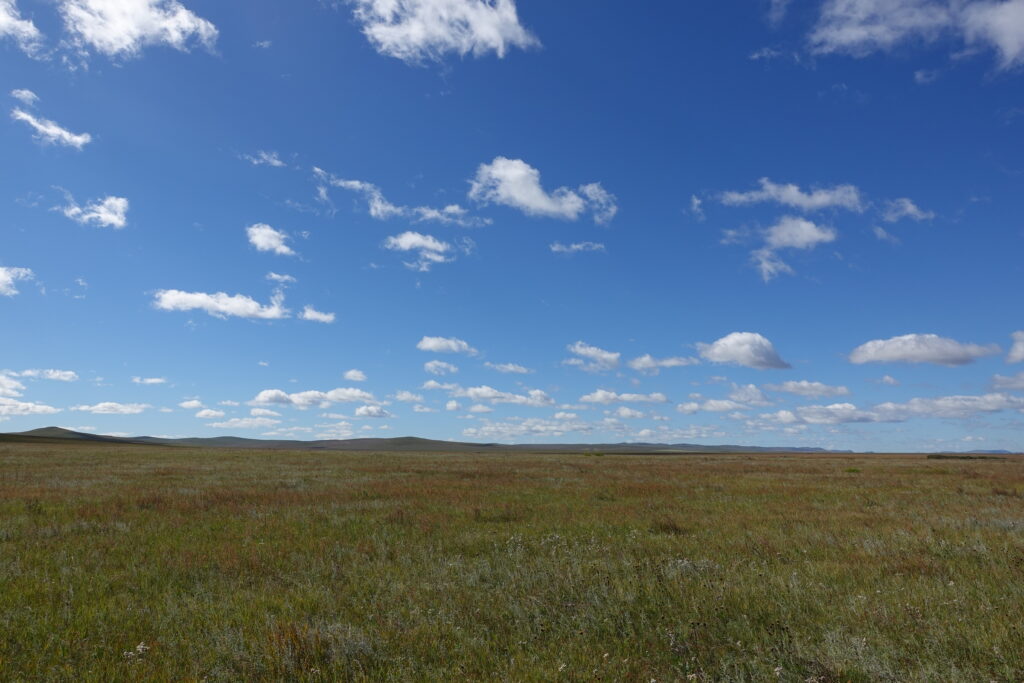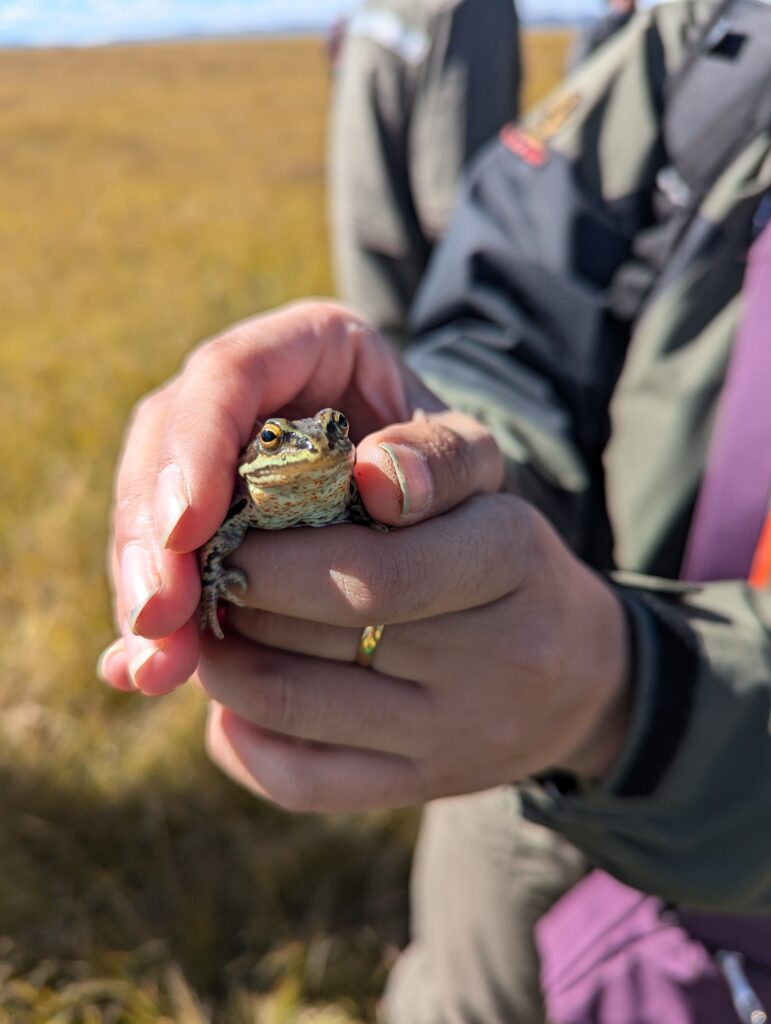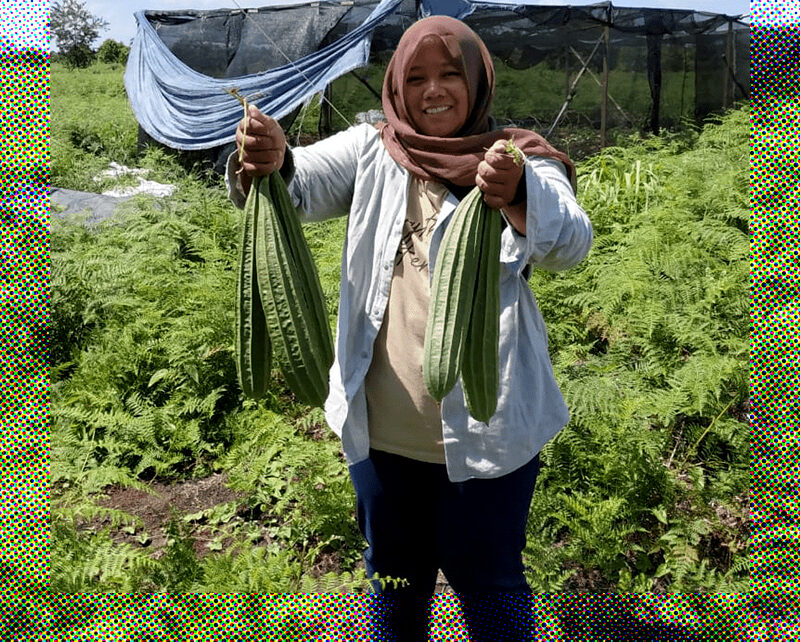
Peatlands – overlooked, undervalued, untapped
-
Peatlands
Peatlands are a powerful nexus linking climate, biodiversity, and community resilience. But let’s start at the beginning.
What is peat? What is a peatland?
Peat forms when dead plant and other organic matter cannot fully decompose because of the water-logged conditions that cut off oxygen and the functioning of aerobic bacteria. Peatlands encompass the ecosystem consisting of peat, the water it contains, and the biodiversity that both thrives on it and creates it.
Peatlands cover about 3% of our planet and include habitats like moors, bogs, mires, peat swamp forests and permafrost tundra. They are found across the globe with Southeast Asia, the Congo Basin, and the Pantanal having some of the largest peatlands.

Peatlands and climate change
Peatlands hold millennia of organic matter and therefore are the largest terrestrial carbon sink, storing far more carbon than even forests. As long as they remain healthy and hydrated, peatlands can continue to permanently lock up carbon for several years. But because of this quality, losing peatlands is also far more detrimental. While deforestation strips the landscape’s ability to sequester carbon, the degradation of peatlands not only does the same, but conversely adds all the previously locked up carbon back into the atmosphere, accelerating climate change. In fact, drained and degraded peatlands currently emit around twice as much greenhouse gas as the aviation industry.
Peatlands and water
The frequency, intensity, and unpredictability of precipitation has made water one of the hardest hit natural resources of a changing climate. But healthy peatlands, which are central to the hydrology of their surroundings, can be a powerful solution to mitigate some effects of the water crisis. Peat acts like a sponge – absorbing excess rainfall and releasing water gradually, reducing the impacts of both floods and droughts. In addition to this, peatlands filter pollutants and improve the quality of water available.
Peatlands and biodiversity
From the iconic cottongrass and sphagnum moss, to invertebrates like dragonflies and birds like waders, peatlands sustain a large variety of flora and fauna. Coastal peatlands support species that migrate long distances such as marine mammals and waterbirds like cranes and flamingos. Tropical peatlands in Southeast Asia support a tremendous diversity of freshwater fish and endangered species such as the Sumatran Tiger, Orangutan, Malayan Tapir, Hairy-nosed Otter, Storm’s Stork, and White-winged Duck. The Congo Basin is a refuge for lowland gorillas and forest elephants. Arctic wetlands form one of the richest waterbird habitats and nesting areas in the world. Importantly, peatlands are home to many endemic species which have adapted to the special acidic, nutrient poor and water-logged conditions such as the bog hoverfly and the common sundew.

Overlooked, undervalued, untapped
Despite the multitude of benefits they provide, peatlands have historically been overlooked and undervalued. Drainage is the biggest threat to peatlands and about 15% of the world’s peatlands have been drained for agriculture, forestry and grazing. The production of commodities at an industrial scale has led to the conversion of peatlands for large-scale palm oil plantations, timber, pulp and paper, fibre and livestock ranching, which releases even more carbon into the atmosphere.
But peatlands have tremendous untapped potential. Rewetting degraded peatlands is a premium nature-based solution for climate mitigation and adaptation and reversing biodiversity loss, while simultaneously enhancing community resilience. In addition to restoring degraded peatlands, it is important to address the drivers of their loss. Paludiculture, the productive use of wet and rewetted peatlands that preserves peat, is a great way to use peatlands in agriculture and introduce sustainable alternative livelihoods to local communities. In Indonesia, for example, we worked with community members to grow sago on wet peat.

Halting peatland degradation and destruction—and facilitating the regeneration and restoration of healthy peatlands— requires urgent, coordinated action across sectors. Importantly, we need to see significant financial flows towards peatland restoration.
Wetlands International would like to contribute to driving progress to safeguard and restore peatlands worldwide. By joining forces with key partners and stakeholders, we can work together to advance a Peatland Breakthrough and deliver on key milestones and actions to support the systems change we need to achieve a resilient, nature-positive world.
Wetlands International will be at UN CBD COP16 and co-organising an official side event on the power of peatlands. Action on peatlands can deliver multiple targets of the Global Biodiversity Framework and this event will provide practical routes for countries on including peatlands in National Biodiversity Strategies and Action Plans (NBSAPs) that enhance synergies with other multilateral environmental agreements.
The time to maximise the potential of peatlands is now.
